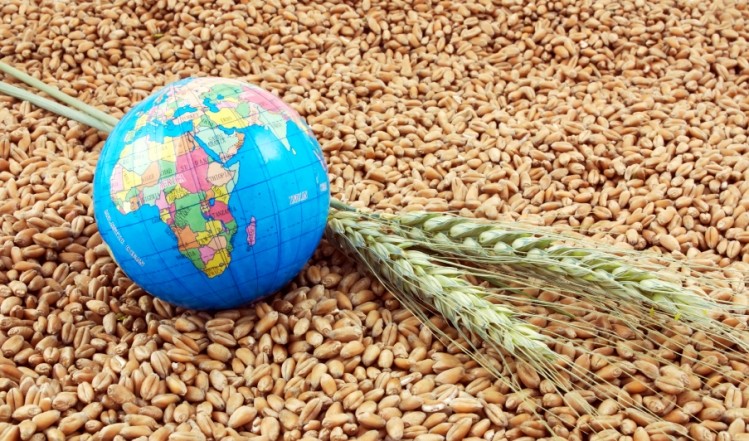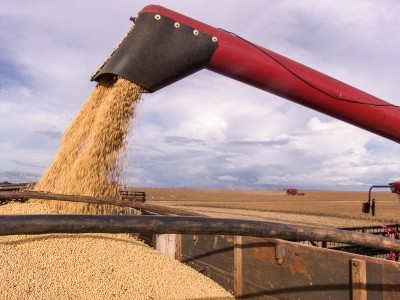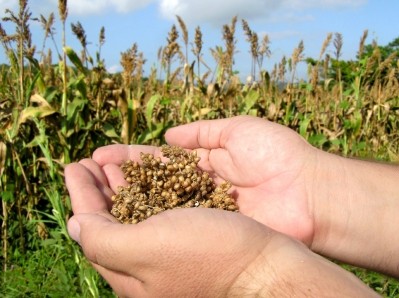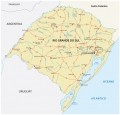Special Edition: Commodities Outlook
'Fears of an El Niño weather pattern emerging are proving a real sentiment driver at the moment’ - analyst says all grain market eyes look to the skies

Helen Plant, senior analyst, cereals and oilseeds, with the UK’s Agriculture and Horticulture Development Board (AHDB) Market Intelligence, said the supply and demand estimates from the USDA was “the big story” for the moment.
The US Department of Agriculture (USDA) outlook of May 12, predicting a bearish picture for oilseeds and a balanced one for grains, has been confirmed by the UN’s Food and Agriculture Organization (FAO) and the International Grains Council (IGC).
And Plant said the large global grain stocks are the saving grace, providing reasonable cushion against real and potential weather issues.
“The weather over the next few months – the key yield forming period - will give us a better indication of grain supply for the 2015/2016 season,” she told FeedNavigator.
She said fears of an El Niño weather pattern emerging are proving a real sentiment driver at the moment:
"The rain falling across the US last week is seen as very ‘El Niño like’ triggering concerns that it could impact or delay harvest of winter wheat there and it has also sparked worries of unfavorable weather conditions in other regions."
El Niño is certainly a watch point for the oilseeds market, said Plant. “It may or may not fully materialize, but it is a risk factor to keep an eye on,” she added.
AHDB market intelligence reported nearby US Chicago wheat futures prices, as of Monday, had closed at £122.36/t as a result of the previous week’s rain in the US as well as a weakening dollar.
Black sea prospects
Meanwhile, this week saw Ukraine’s agricultural ministry project total grain production for that country at 60 million tons, up by 2Mt from earlier forecasts, but below the 63.8Mt of 2014. Wheat production there is now projected at 21Mt, said Plant.
But Ukraine’s maize crop is set to be the lowest in three years, she said.
“There is a feeling that the level of investment in top quality maize seed imports was hindered by the weakness in the currency, limiting maize yields there. And the country’s barley growing also got off to a bad start - a deficit it can’t make up.”
Last week, the removal of the duty on Russian exports forced Russian wheat export prices to decline, said Plant.
Russia could reinstate new expert levies next season but analysts have predicted they will be set at minimal levels.
While wheat production in the region in 2015/16 is forecast down from this season’s record, total supplies would still be above 2013/14 levels. “This suggests that the fierce competition from the region into key export markets in North Africa is likely to continue next season – potentially to the detriment of EU exports,” said Plant.
Indeed, EU crop market research firm, Strategie Grains, last week flagged up the threat posed by higher Russian exports to EU wheat trade, downgrading its estimate for soft wheat shipments in 2015/16 from the EU by 2.6m tons to 28.6m tons.
Pressure remains on oilseed markets
Plant said the oilseed market remains under pressure.
The USDA stretched the bearish feel into the new crop by projecting a 15Mt surplus of soybeans in 2015/16 – up 50% on the surplus estimated for 2014/15.
Essentially it is a ‘quirk’ in production economics that enables the USDA to project such a crop, she said.
Although forecast revenue for the soybean crop is down, the decline is less severe than for maize, explaining why US farmers have shifted acreage from maize to soybeans, said Plant.
“At lower prices the yield premiums on offer from crops such as maize over soybeans is worth less. In addition for the US, soybeans could be seen as the lower risk option when it comes to drought resilience – given that rewards from cropping overall are lower.”
She said if crop prices remain low throughout 2015, then the market should expect a further swing into soybeans in South America when planting gets under way in late 2015.
Latin America markets
Plant said she had not heard of any major problems related to the current harvest in Argentina and Brazil. However, worker discontent could hinder exports.
“Not a crop damaging event, but a threatened port terminal workers’ strike has the potential to delay grain shipments from those countries. Such action is not uncommon at this time, but its impact should be short-term,” said the analyst.












